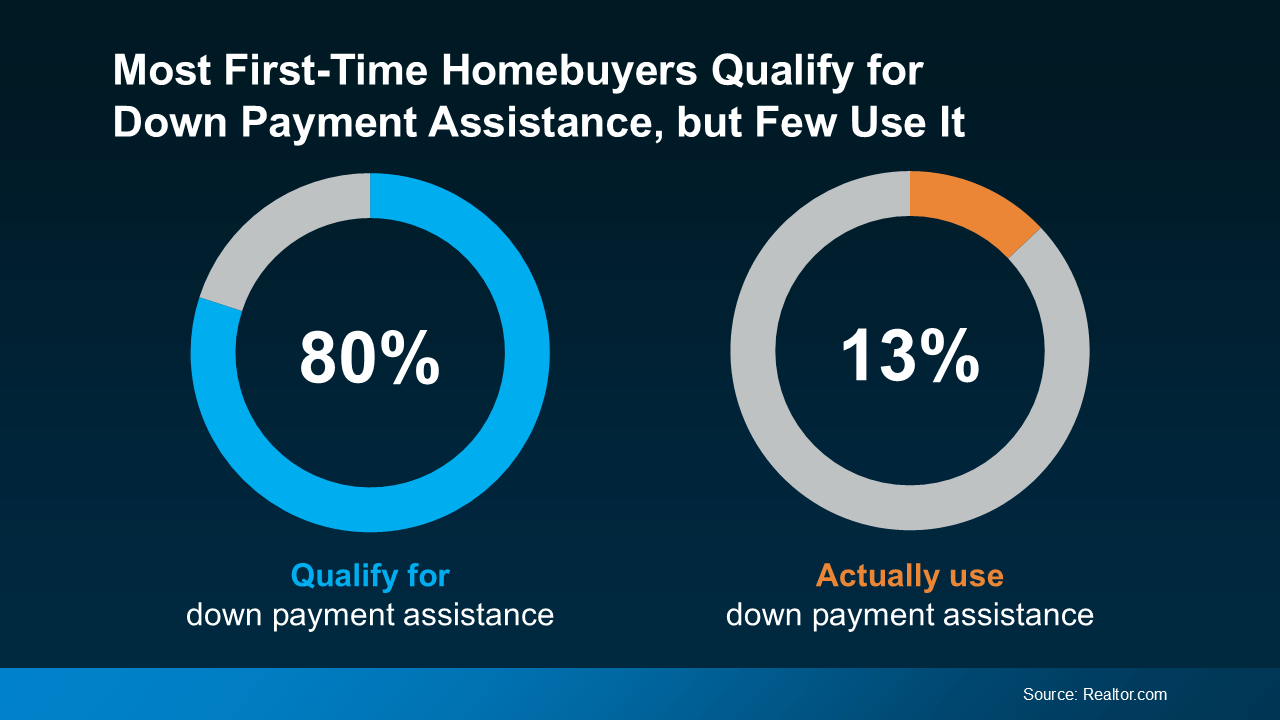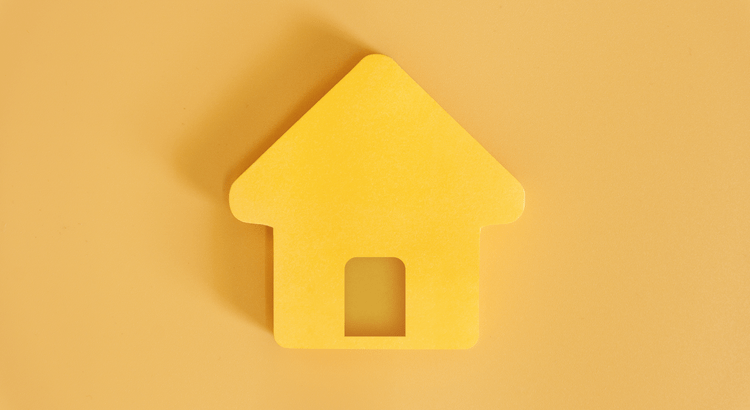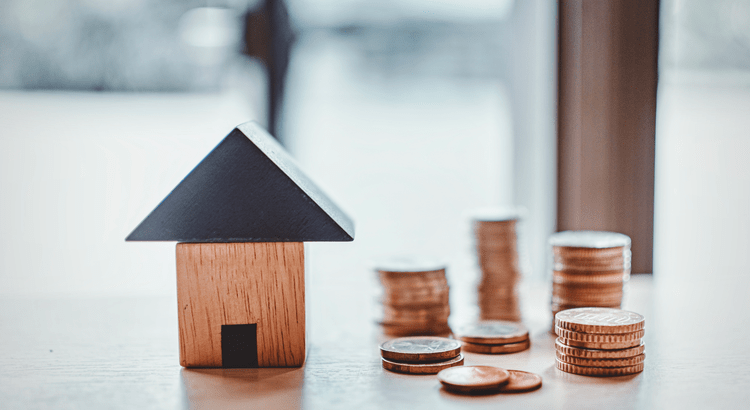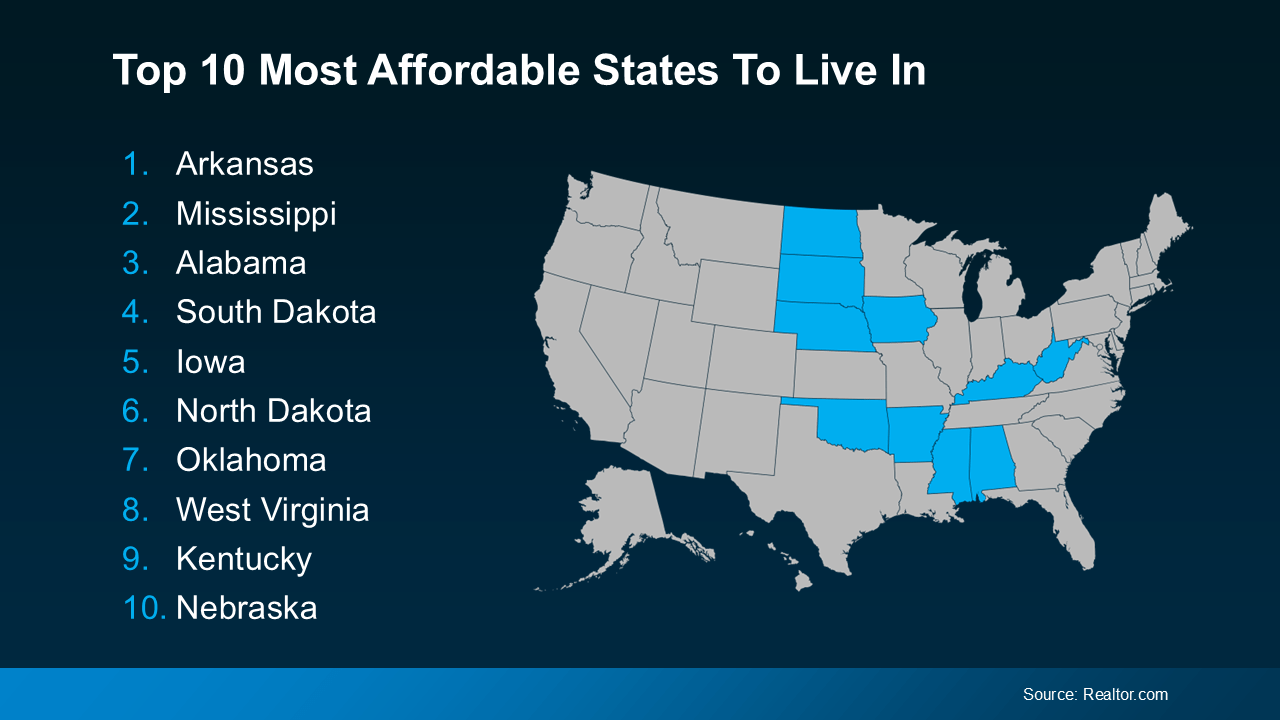
Buying Your First Home? FHA Loans Can Help

If you’re a first-time homebuyer, you might feel like the odds are stacked against you in today’s market. But there are resources and programs out there that can help – if you know where to look. And one thing that can make homeownership easier to achieve? An FHA home loan.
They’re designed to help you overcome some of the biggest financial hurdles in the homebuying process – and that’s why so many first-timers are using them to make their purchase.
Whether you’re dreaming of ditching rent, planting roots, or just wanting a place that’s truly yours, an FHA home loan could be the path that gets you there sooner than you think.
Buying Your First Home Probably Doesn’t Feel Easy Right Now
While the motivation to buy a home is still there for many people, affordability is a real challenge today. According to a survey from 1000WATT, potential first-time buyers say their top two concerns are saving enough for their down payment and making the monthly mortgage payments work at today’s home prices and mortgage rates (see graph below):
 That’s Where FHA Loans Come In
That’s Where FHA Loans Come In
FHA loans help many first-time buyers overcome these challenges.
In fact, according to Intercontinental Exchange (ICE), the average first-time buyer using an FHA loan puts down just $16,000. That’s a big difference from the $77,000 they’re putting down with the typical conventional mortgage (see graph below):
 Essentially, buyers who use an FHA loan may not have to come up with as much cash up front. But the perks don’t stop there. You may also be able to pay less monthly, too.
Essentially, buyers who use an FHA loan may not have to come up with as much cash up front. But the perks don’t stop there. You may also be able to pay less monthly, too.
That’s because, a lot of the time, the mortgage rate on FHA loans can be lower. Bankrate says:
“FHA loan rates are competitive with, and often slightly lower than, rates for conventional loans.”
So, if you’re thinking about buying your first place, an FHA loan may be worth exploring.
Because of the potential for lower down payment requirements and maybe even a lower mortgage rate, it could help with the two most common hurdles first-time buyers face today – saving enough money upfront and affording the monthly payment.
A trusted lender can walk you through the details, compare your options, and help you figure out what loan type makes the most sense for your situation.
Bottom Line
With the right loan and the right guidance, homeownership may be more achievable than you think.
Do you want to talk more about your options? A trusted lender is there to help.


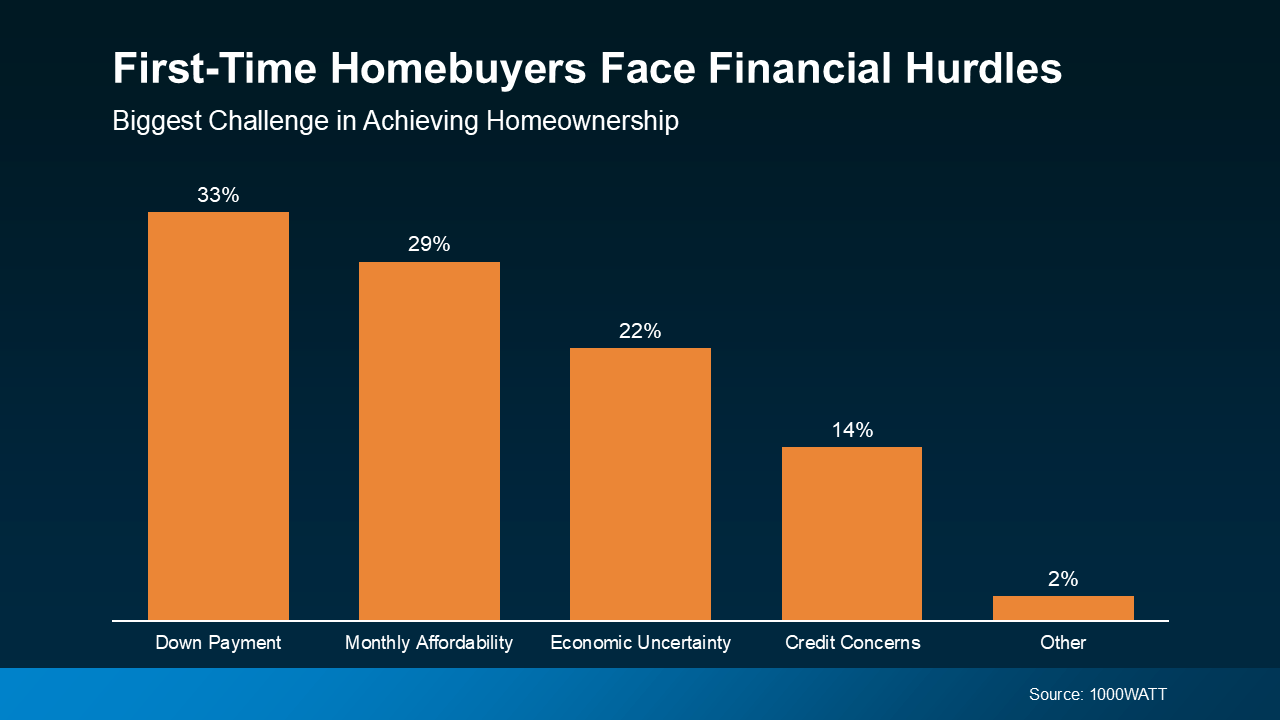 That’s Where FHA Loans Come In
That’s Where FHA Loans Come In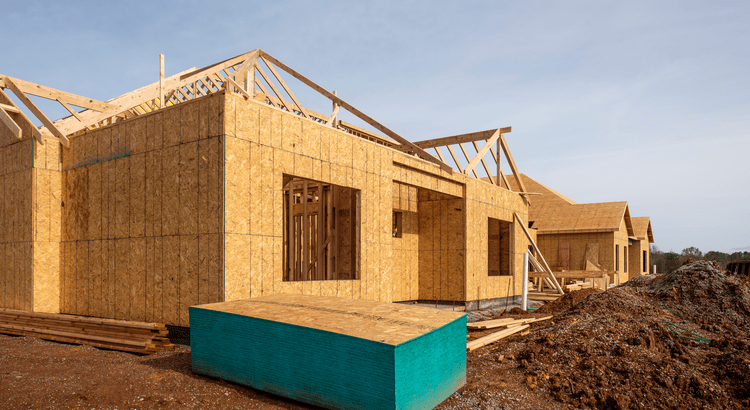

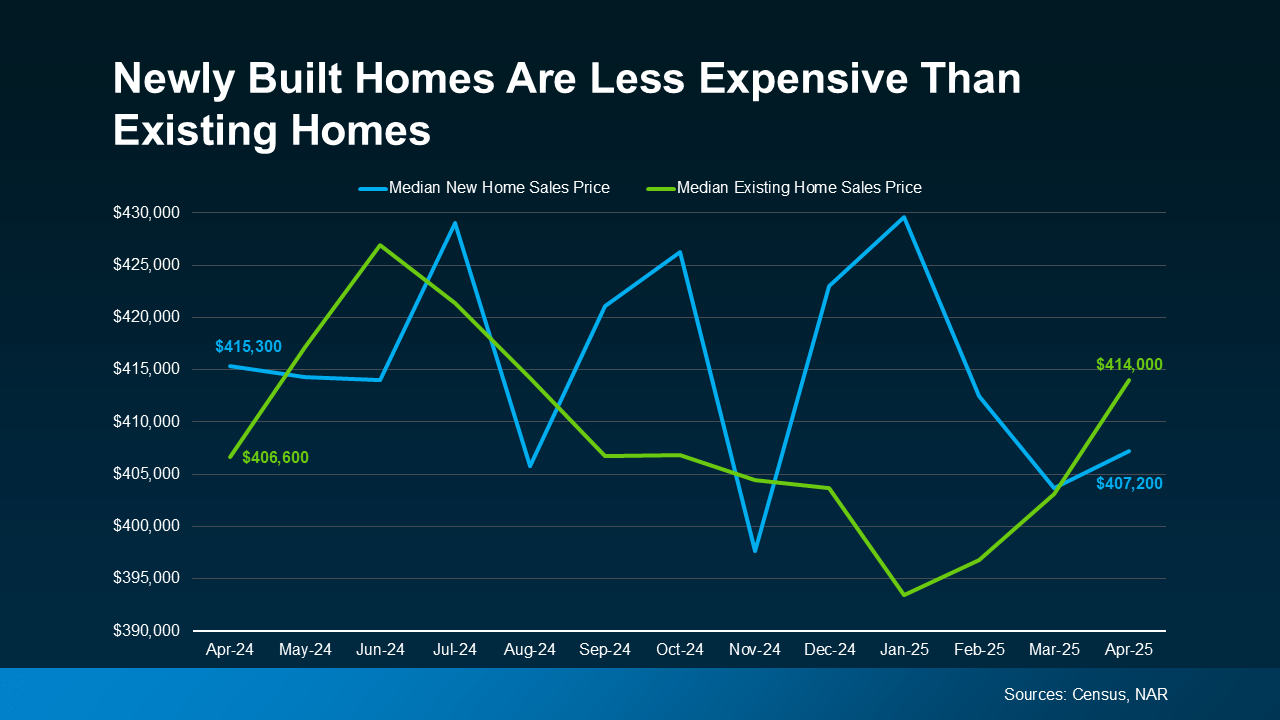
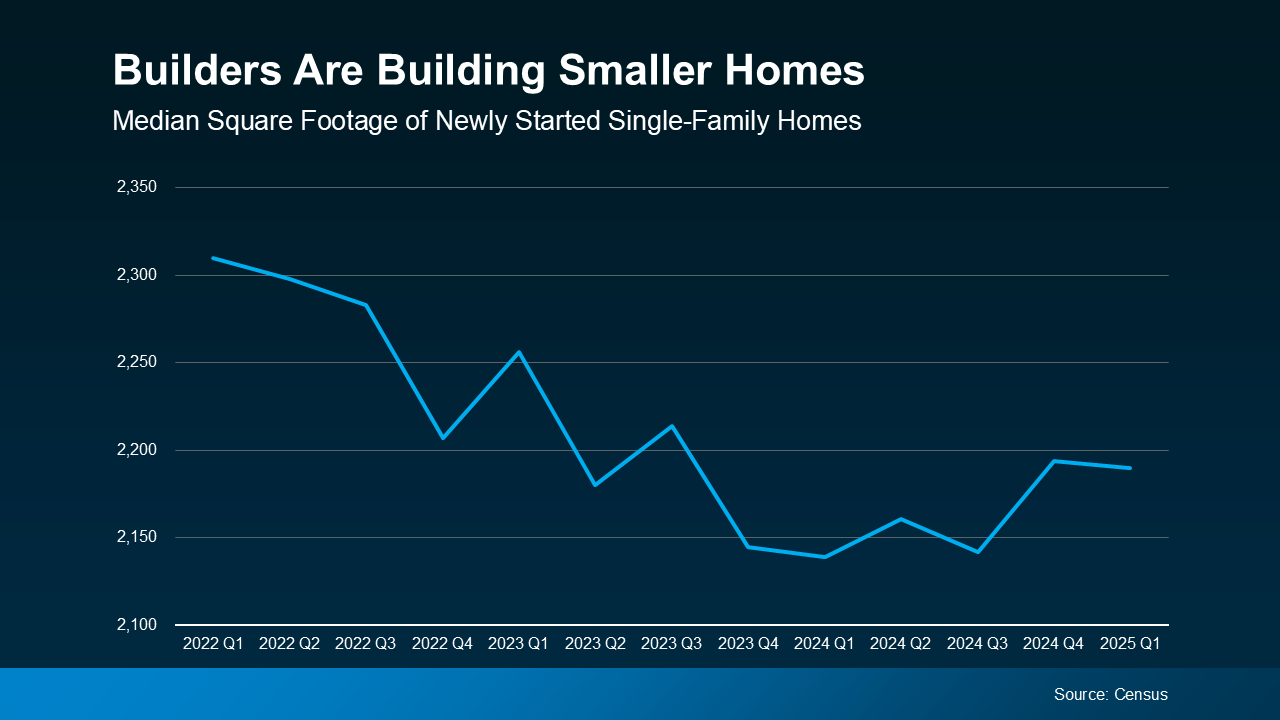


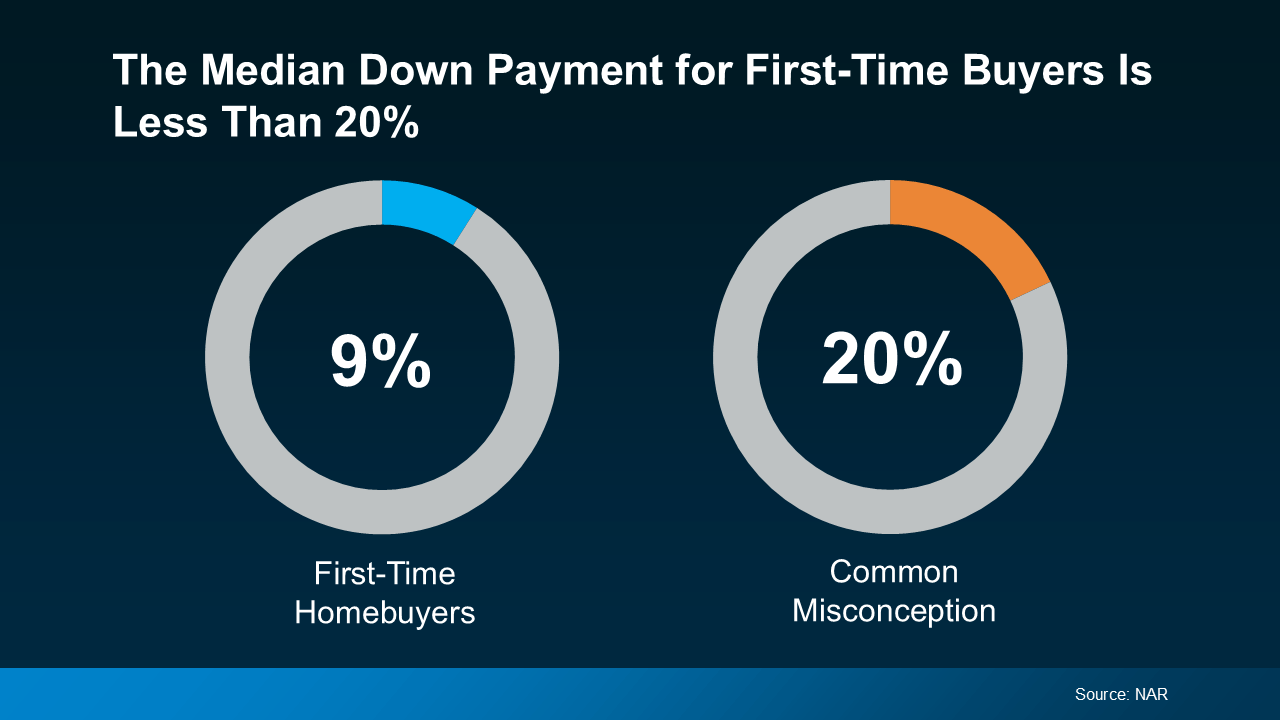 The takeaway? You may not need to save as much as you originally thought.
The takeaway? You may not need to save as much as you originally thought. 